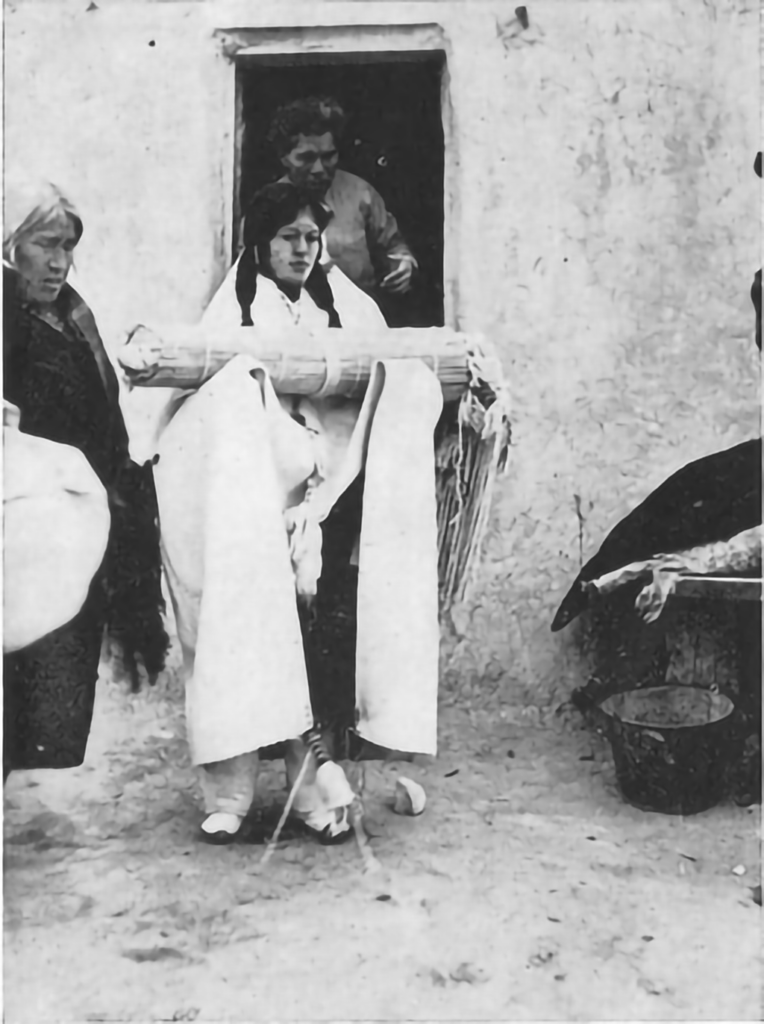
Native American (Hopi) Traditions – Rituals & Ceremonies: Wedding Ceremony
Hopi Wedding Traditions: Exploring the Sacred Rituals of Love and Union
Discover the beauty and symbolism behind Hopi wedding traditions. From courtship to ceremonial attire, learn how these sacred rituals honor love and community.

Hopi Wedding Traditions: Exploring the Sacred Rituals of Love and Union – Hopi culture is rich with traditions that reflect their deep connection to community, nature, and spirituality. Among these, Hopi wedding ceremonies stand out for their profound symbolism and the intricate steps involved in uniting two individuals. Let’s explore these timeless rituals, which continue to honor love and unity.
Courtship and Engagement
In Hopi culture, young women typically undergo significant rites of passage before they are ready to accept suitors. Traditionally, a Hopi girl would signify her interest in a young man by presenting him with a loaf of qomi, a bread made of sweet cornmeal. Accepting this gesture indicated his willingness to marry her. Similarly, the young man would prepare a bundle containing fine clothing and white buckskin moccasins, leaving it at her doorstep as a proposal. If she accepted the bundle, their engagement was sealed.
Approving the Marriage
For a Hopi marriage to gain societal approval, certain restrictions applied. Marriages were not permitted within the nuclear family or with someone previously married. Once a couple decided to marry, the young man approached the girl’s parents to seek their blessing. Upon approval, the bride-to-be would offer her future groom’s family a symbolic gift of cornmeal or bread, solidifying their intentions.
Wedding Preparations
Hopi wedding preparations were labor-intensive, reflecting the couple’s commitment and readiness to contribute to each other’s families. The bride would grind cornmeal and prepare bread, while the groom gathered water and chopped wood for his family. These acts symbolized their roles in their new life together.
The Wedding Ceremony
The wedding day was steeped in tradition. The bride and groom’s hair was washed together and entwined, symbolizing their lifelong unity. With their hair still interwoven, they prayed together at the mesa’s edge as the sun rose, a gesture of gratitude and hope for their journey as a couple.
Hopi Wedding Attire
The bride’s wedding garments were woven by the groom and other male villagers. The attire included white robes, buckskin leggings, moccasins, and a reed mat. These garments, intricately crafted and imbued with meaning, would later serve as part of the bride’s journey to the spiritual afterlife.
Conclusion of the Ceremony
After the wedding, the bride returned to her family, where an exchange of gifts between the two families solidified the union. The groom then became a permanent resident of his wife’s household, symbolizing the importance of matrilineal lineage in Hopi culture.
Preserving Tradition in Modern Times
Hopi wedding traditions remain a beautiful testament to the values of love, respect, and community. These sacred rituals not only honor the couple but also strengthen familial bonds and cultural heritage.
The Hopi wedding ceremony is a reminder that love, when nurtured with respect and tradition, becomes a powerful force that unites individuals, families, and communities.
Key Takeaway
This blog post not only highlights the beauty of Hopi traditions but also serves as a tribute to the enduring spirit of their culture.
References and Further Reading
- Native American (Hopi) Traditions – Rituals & Ceremonies: Wedding Ceremony | Www.Manataka.Org





Responses